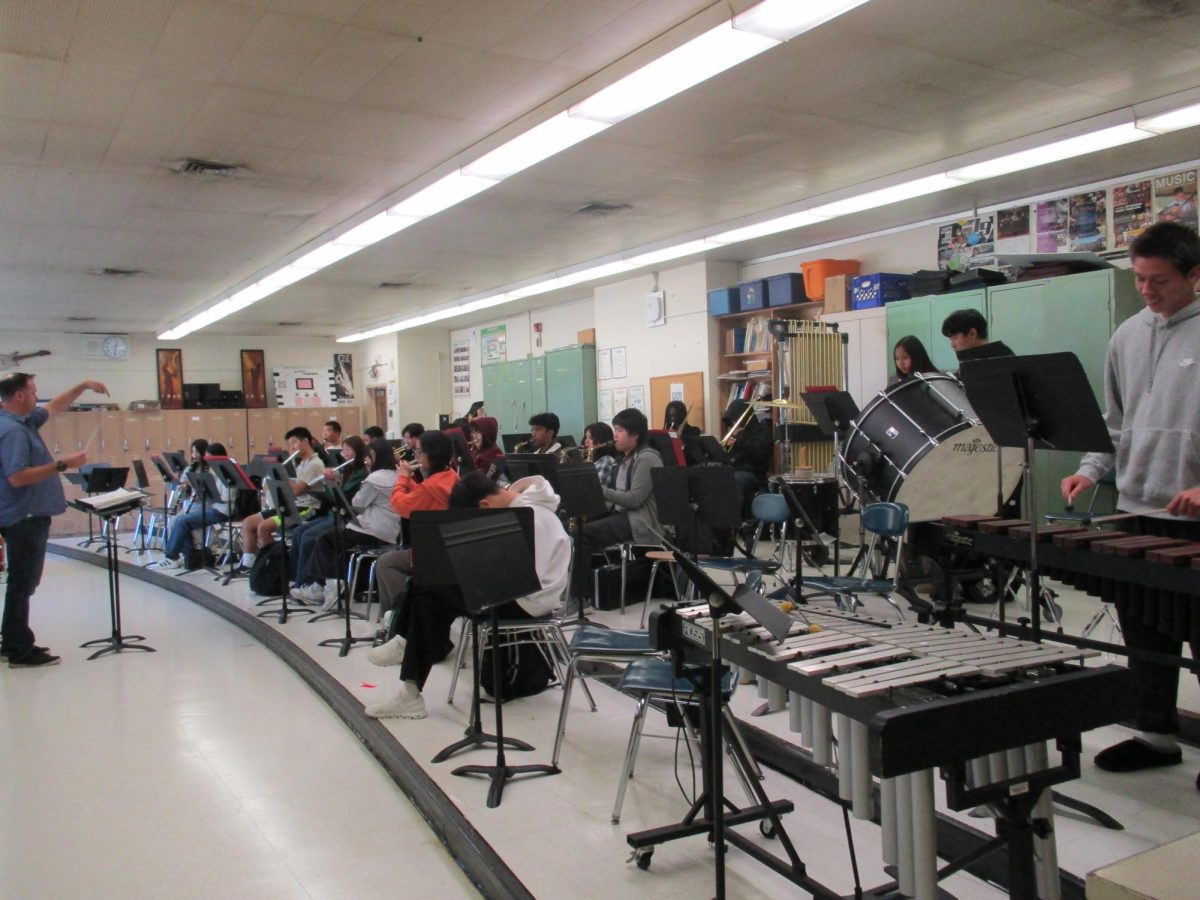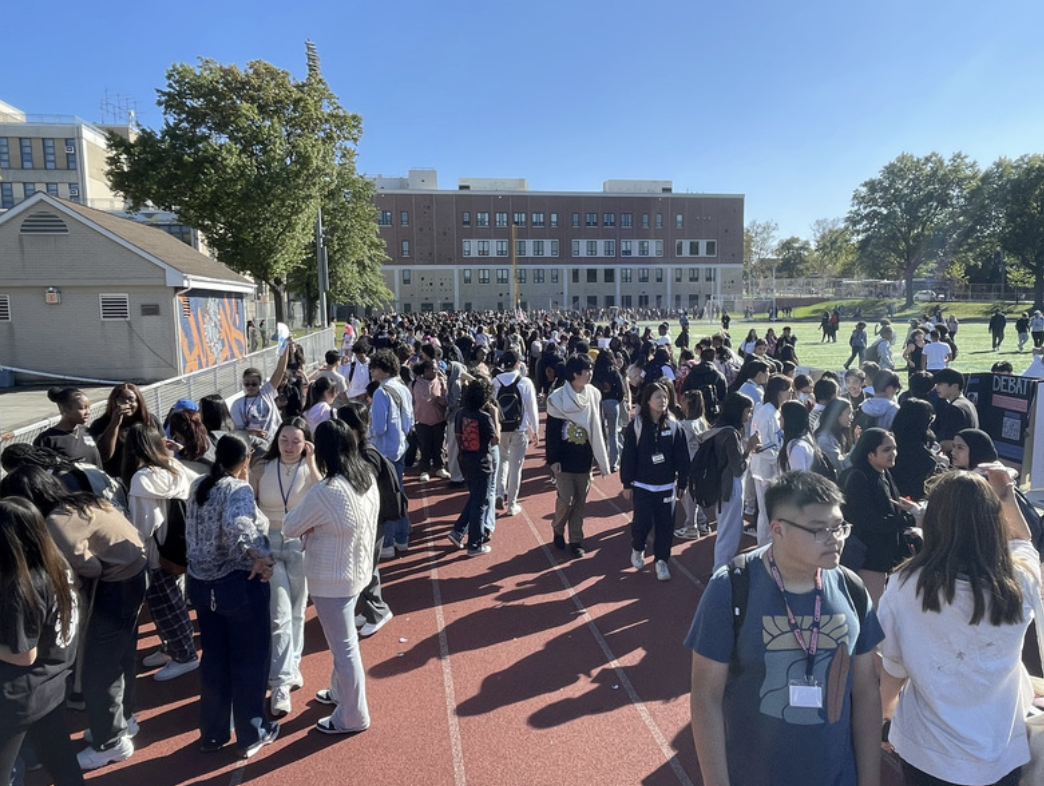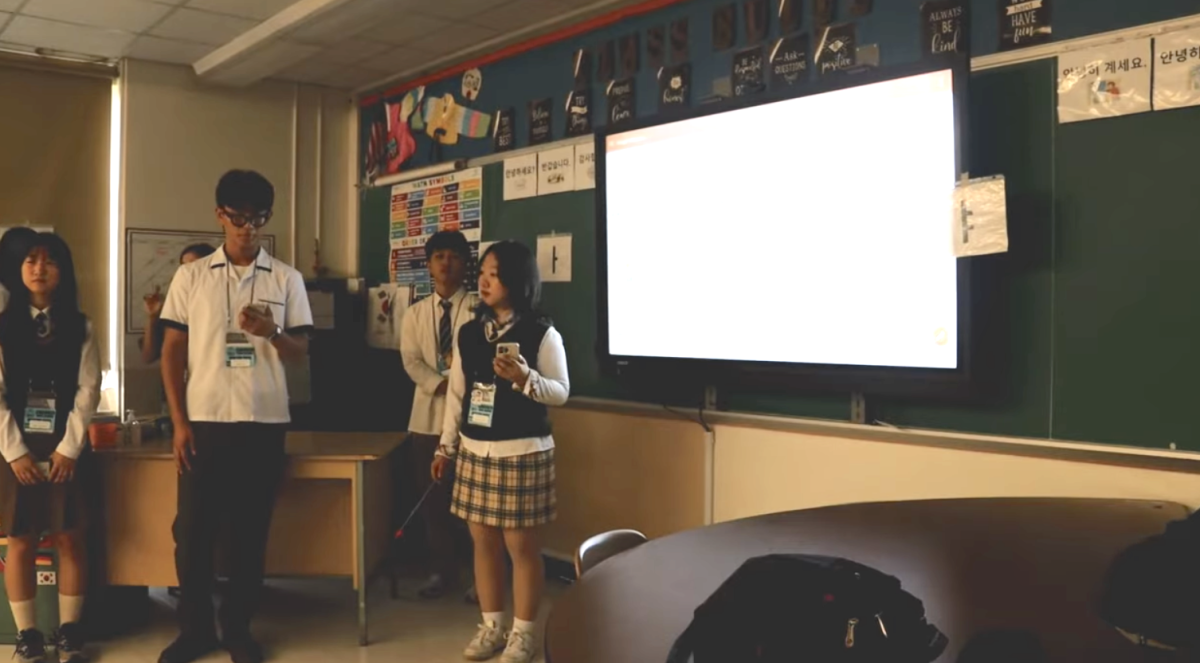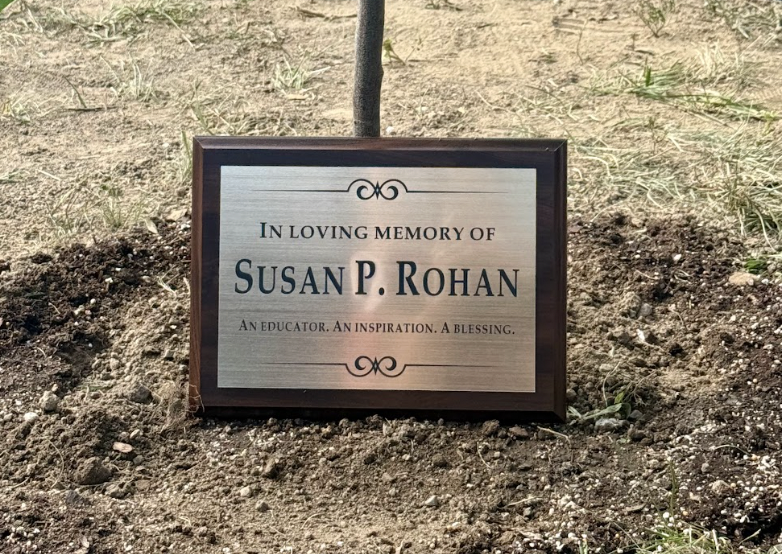Cardozo High School, along with various schools across the city, will see smaller class sizes for the 2025-2026 school year.
This new initiative, put into place by Governor Kathy Hochul and the United Federation of Teachers Union, is to help improve the aspects of learning and to create more robust interactions for students and teachers.
According to Hochul’s legislation, by September 2028, the city would have to cap classes at 20 students in kindergarten through third grade, 23 students for grades 4-8, and 25 students for high school classes.
To help speed up this process, the Department of Education awarded almost 750 schools new funding to help reduce class sizes, which means hiring new teachers to support the new classes that need to be created. Schools were notified by in Feb. 2025 whether or not they would be receiving the grant.
All schools should have also received a template that will guide and equip them with information specific to their school and district, creating an easier way for them to adjust to this in such a short amount of time — especially schools with bigger populations of students.
This new initiative has intrigued many people, but also sparked numerous debates among both students and staff. Many people see this as a benefit for students to engage in more discussion and for more collaboration amongst students.
“I think it’s great, I think thirty-four students can be hectic,” said Mr. Morreale, AP U.S. History teacher. “It’s hard to give individual attention. This way we have a better chance to help and give more individual attention.”
He added that he believes the ideal class size is always 20-25. “25 is still enough for students to collaborate and connect with other student, it’s not too many,” Mr. Morreale added.
Mr. Mitrano, who also teaches AP U.S. History, said that AP classes will definitely benefit from smaller rosters. “There is more 1-on-1 attention,” he said. “We can give feedback and criticism so much faster; those extra 9 students are way more work when it comes to grading and teaching.”
Student Myon Hutchinson agrees that individualized attention is beneficial in the classroom.
“I believe that smaller classes will be more effective for students’ learning because they will allow for more individualized attention from teachers, greater student participation, and a more supportive classroom environment for students,” Hutchinson said.
Although this is an aspiring initiative, many people still wonder how it might affect the classrooms and how student interaction can vary among the different classes students have.
Ms. Bifano, an English teacher at Cardozo, agreed with other Cardozo educators that the 1-on-1 discussions are a benefit of smaller class sizes. However, she also weighed the pros and the cons, saying, “Larger classes can encourage discussion and collaboration, but they also bring more distractions and make it harder to manage.”
While many think this new push will make things easier on teachers and students, many are also wondering how this will impact the year overall. And, some are worried it will put them on the spot, especially for students who are a bit more introverted.
Junior Farhabi Onoto mentioned, “It can be helpful but also lead to more quietness in the classroom.”
As schools across the city, along with Cardozo, implement these new changes for the 2025-2026 school year, we will be able to get a closer look at the impacts of smaller class sizes and whether or not they are truly beneficial to the learning environment.









